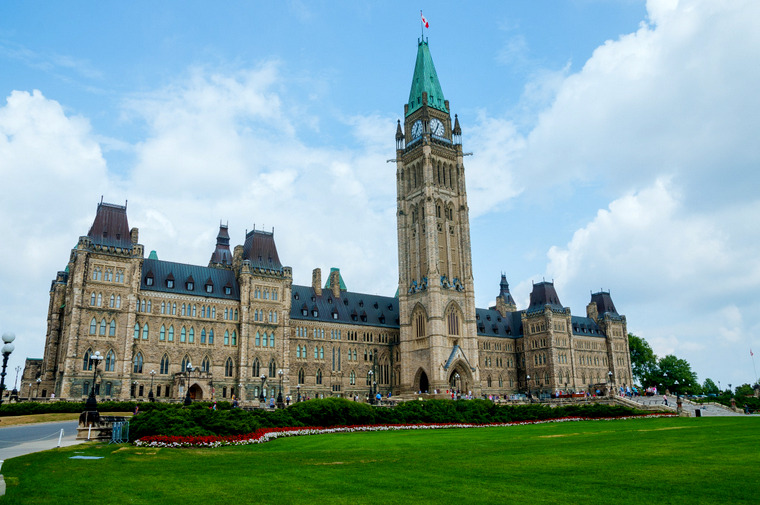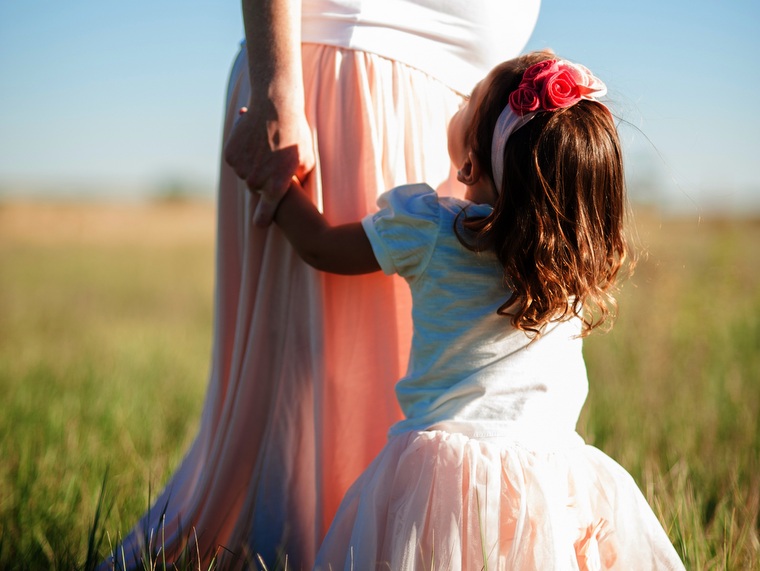3 year olds are exhausting. They wake up at the crack of dawn, throw food all over clean floors and conveniently wake up screaming just as you fall asleep. And they make you worry: about how much they eat, how much they sleep and what they’re learning. And yet the amazing thing about kids, as any parent will agree, is how quickly they absorb things around them and how their observations are reflected in their behaviour. They watch, they observe, and they pick up on nuances that otherwise go unnoticed. By watching him, I’ve picked up few things of my own. Here are a few things about money I’m learning from my 3 year old.
On Spending
We like to give Big Brother options and ask him to choose: which shirt do you want to wear, do you want an apple or an orange for snack, you get the idea. The illusion of choice helps with decision making and increases his independence and confidence. One fine summer evening, Emily was on one of her online shopping benders, picking out trendy local handmade fashions. Armed with a few choices, she opted to let him make up his mind.
“No Mama,” he said. “I already have lots of clothes and I wear them all the time. I don’t need new ones.” Emily reluctantly agreed. No money was spent that day.
Kids don’t have to be as expensive as we make them out to be. Sure, new outfits have their place but purchases tend to satisfy our needs rather than theirs. Come to think about it, we also have a closet full of clothes. What else are we buying that we just don’t need?
On Saving
A few months ago, we re-painted our condo in varying shades of white. Vehemently disapproving of our design aesthetic, Big Brother declared that he is saving up his money to buy a house with dark blue walls. Now, any coin that he comes across goes right into his piggy bank to save for his house of his dreams. He still hasn’t given up on his vision and continues to remind us of his steadfast resolve. Yet, on his weekly farmer’s market visits, he takes out a quarter for a cup of tasty apple cider.
It isn’t hard to save for long terms goals if you know what you want and you want it enough. It’s also important not to lose sight of the short term needs and enjoy the little things that make the effort worth the while.
On Having Fun
Every time I travel for work, I come back with a surprise for Big Brother. Each of those surprises have contributed to an impressive collection of Pixar Cars that he lines up on the floor of his room. He loves Lightning McQueen and all his “Cars with eyes.” They are his toys of choice and he plays with them ALL. THE. TIME.
Until recently. The cars have been spending more time tucked away in their basket because Big Brother has discovered a love for books. Books we bring back from our weekly trips to the library. Don’t get me wrong, he loves the cars but it it may just be that the books are more interesting.
Toys, the latest tech gadgets and a new handbags end up collecting dust and are poor alternatives to a good book, learning new skills and picking up new hobbies. Some of the best things are free.
On Generosity
Social responsibility is a topic that comes up in conversation around the dinner table every so often: the earthquake in Nepal, the ongoing crisis in Syria and most recently, our family project to fundraise for a health clinic in Nigeria. Upon first hearing about the situation in Nepal, Big Brother asked if the people who had lost their homes to the earthquake could come live with us. On hearing that women in parts of Nigeria do not have doctors to help them birth babies, he responded saying that we should “fly them here so they can go see Mama’s doctor.”
The innocence in the genuine compassion of a child is something we should take to heart. If there’s anything to be learned here, it is to give- and to give freely- to those in need.
The Last Word
Buy what you need. Save for what you want. Fun doesn’t have to cost much. Give to those in need. We are so consumed with feeding our children with information that we often forget the lessons about life- and money- can come from the unlikeliest of places. There’s something to be said about the unassuming logic of a 3 year old and when we take the time to notice, the lessons we can learn resonate with ageless wisdom.





